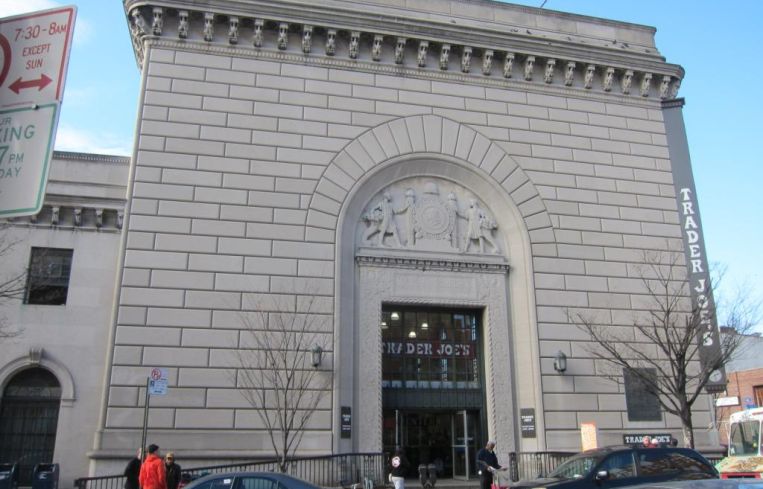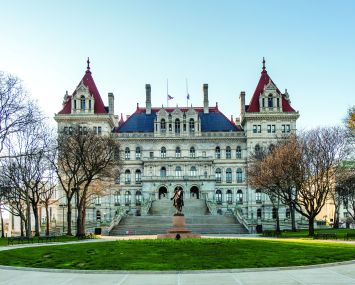Whole Foods, Trader Joe’s Take Big Hits in April While Suburban Grocers Hold Steady
Traditional supermarkets that provide a broad variety of products and operate in markets that have largely escaped the worst of the pandemic have performed better than urban grocers with higher prices.
By Rebecca Baird-Remba April 22, 2020 12:13 pm
reprints
Grocers Whole Foods and Trader Joe’s saw major declines in customer visits during the first two weeks of April while most Americans settled into quarantining at home and avoided grocery shopping as coronavirus cases exploded in several states.
Although most major grocery chains saw an uptick in traffic in late March as people across the country prepared to hunker down at home indefinitely, they all saw declines in April as the full force of stay-at-home orders took effect across the country.
Visits to both Whole Foods and Trader Joe’s dropped by more than 50 percent from March 30 through April 13 compared to the same period last year, according to foot-traffic data analyzed by retail analytics firm Placer.ai. Both chains likely suffered because their locations are clustered in major urban centers on both coasts, like New York City, Seattle, Washington, D.C., Boston, Los Angeles and San Francisco, which have been among the places hit hardest by the virus and pandemic-induced closures, Placer.ai’s Ethan Chernofsky notes in his analysis. He also points out that shoppers tend to visit Whole Foods and T.J.’s roughly half as frequently as customers at Wegmans and Safeway and about a third as frequently as shoppers at Publix and Kroger.
“The combination of high prices and an orientation towards less frequent visits hurt both brands, with Trader Joe’s also being affected by its perception as a niche grocer — as opposed to a ‘one-stop-shop’ like a Publix or Wegmans,” Chernofsky argues.
Of course, Whole Foods has been overwhelmed by delivery orders in places like New York City, and these numbers only account for in-person visits to stores.
Suburban standbys Kroger and Albertsons both saw huge increases before Easter as shoppers prepared for stay-at-home orders, followed by relatively small drops in foot traffic. The two chains saw modest declines of 11 to 12 percent during the first two weeks of April, compared to the same time frame in 2019. The chains are more insulated from the pandemic because they operate largely in parts of the south, west and midwest that have seen fewer cases. Publix, too, saw weekly visits decline only 15 percent, despite operating most of its locations in Florida, which has 27,495 COVID-19 cases statewide.
Essentially, traditional supermarkets that provide a broad variety of products and operate in markets that have largely escaped the worst of the pandemic have performed better than urban grocers with higher prices.


